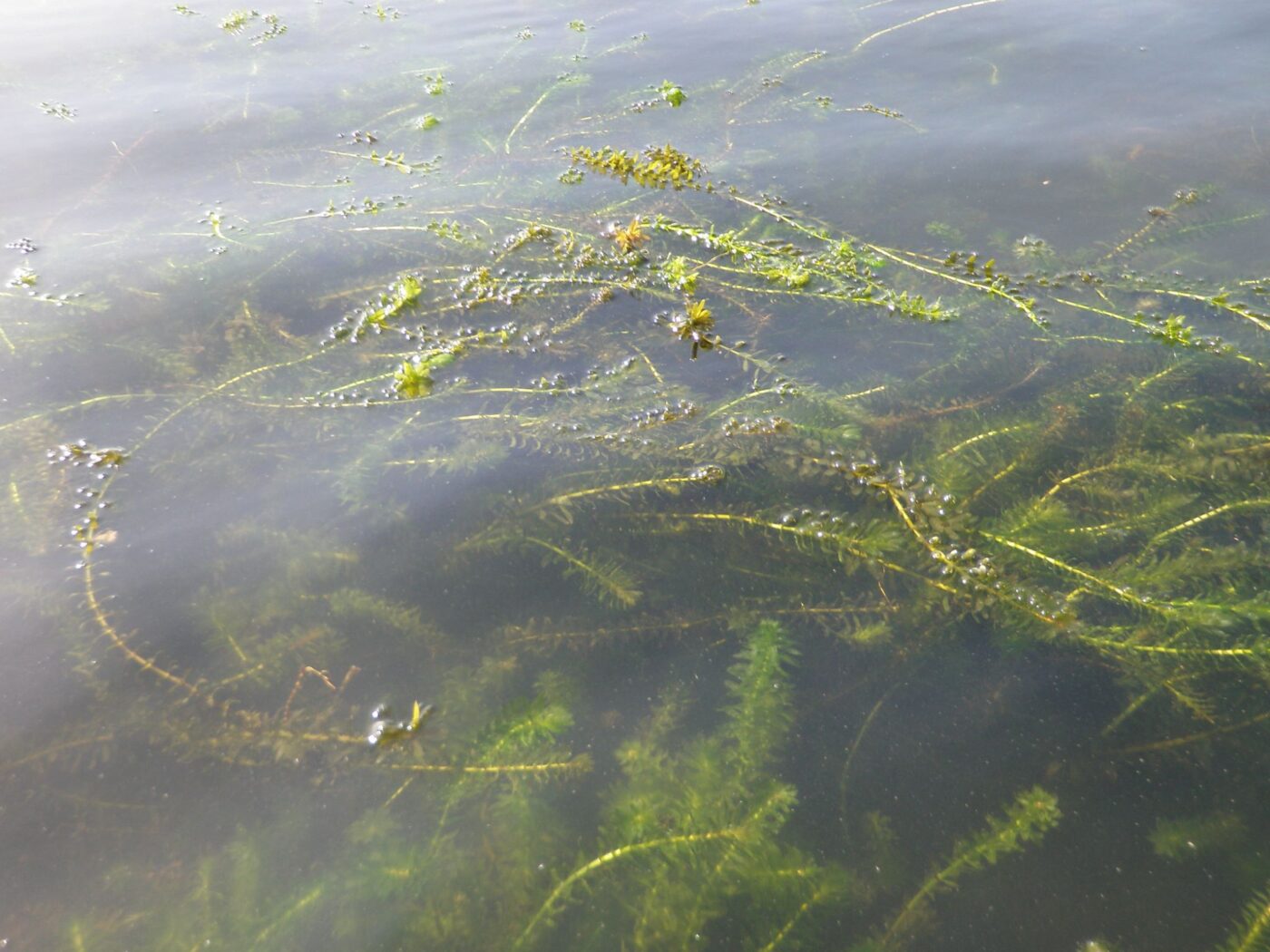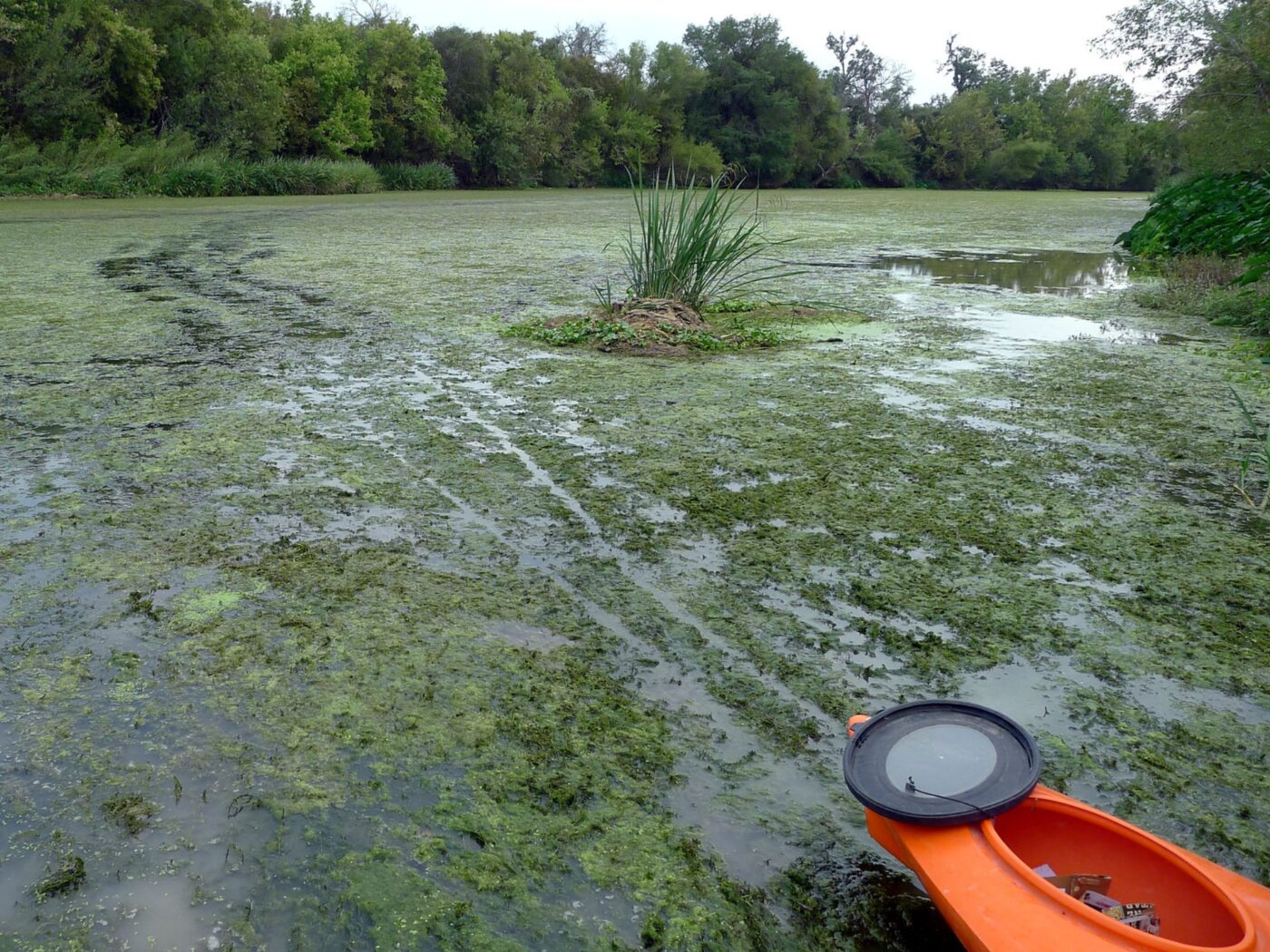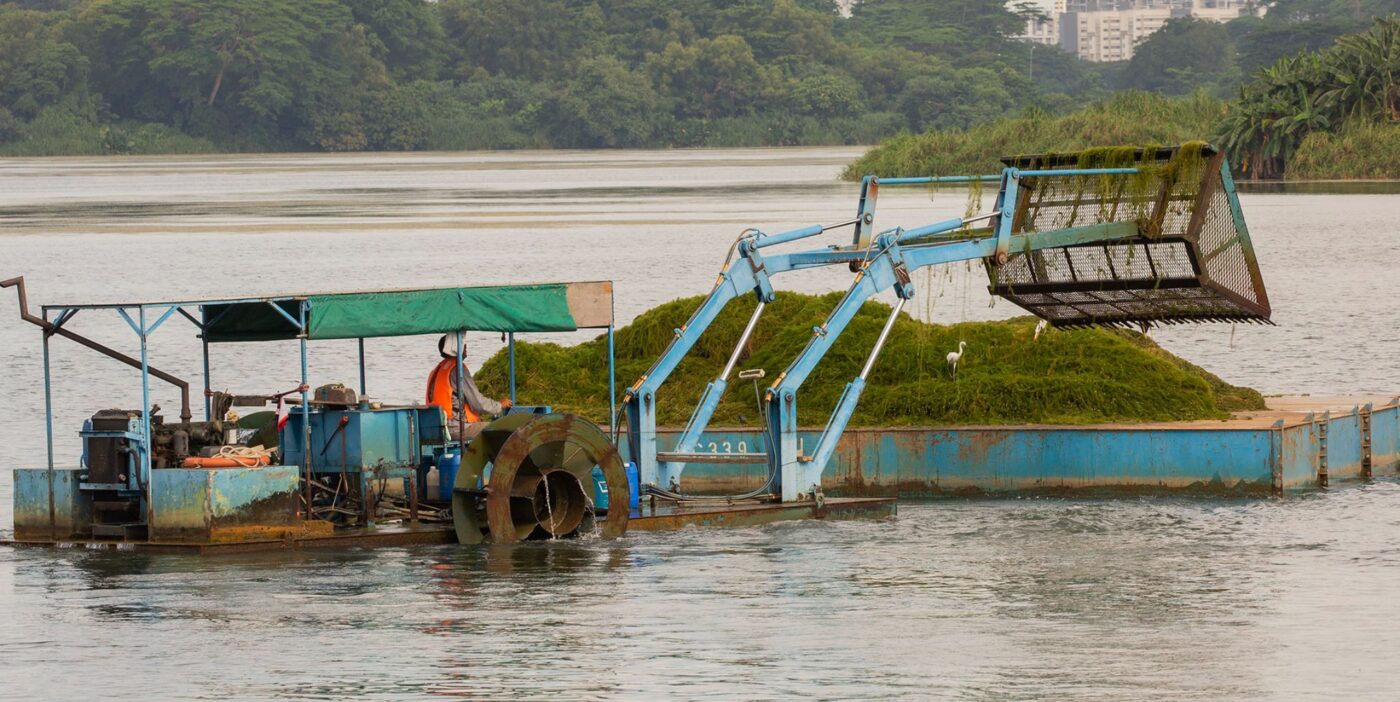Monday July 15, 2024

Before the turn of the 21st century, the Sacramento-San Joaquin River Delta was dubbed one of the most biologically invaded estuaries in the world, with non-native plants at the root of the issue. Over 25 years later, the battle against invasive aquatic vegetation in the Delta continues at an even accelerated rate, despite innovative management efforts. Situated at the confluence of the Central Valley’s two main river systems and just upstream of the San Francisco Bay, the Delta is an important hub for both commercial and recreational boat traffic, leaving it highly susceptible to non-native species invasion. The Delta is not the only waterway dealing with invasives – other popular California lakes and rivers used for recreational activities like boating, camping, and fishing are fighting similar battles. Non-native species of flora that take root in important California waterways not only compromise the native plant and fish communities that live there, but can also impede human agricultural, industrial, and recreational activity that rely on clear and healthy channels.

Blooming water hyacinth (Eichhornia crassipes).
Invasive vegetation comes in many shapes and sizes and can thus wreak varying kinds of havoc across aquatic ecosystems. Famous floating invasive plants like water hyacinth (Eichhornia crassipes) and water primrose (Ludwigia hexapetala) form thick surface mats which can extend six feet down into the water column, and in some places, cover an area so large they are visible from space. This aggressive vegetation type often outcompetes bottom-dwelling plants and animals for light and essential nutrients, and in the case of water primrose, can cause direct mortality in native and ecologically beneficial species through the release of toxic (allelopathic) chemicals. The trouble doesn’t end with invaders floating on the surface though, as submerged invasive plants like Brazilian waterweed (Egeria densa) and water thyme (Hydrilla verticillata) form dense living lattices of long stringy stems rooted to the bottom that grow upward through the water column. These plants can restrict or entirely block water flow, raise water temperature, and lower overall quality – which creates the perfect conditions for invasive fish species like black bass (Micropterus species) to flourish and prey on threatened and endangered native species such as Chinook salmon (Oncorhynchus tshawytscha) or delta smelt (Hypomesus transpacificus).

Brazilian waterweed (Egeria densa).
In addition to disrupting the ecosystem, aquatic invasives also impact the economy: weedy plants frequently become entangled in and damage boat propellers; clog agriculture irrigation pipes and other water control structures; and impede boat access to important commercial waterways. Continual efforts to mitigate these impacts can quickly drive management costs sky high. While the Bay-Delta often steals the spotlight when it comes to invading plant problems, many of these same invasive species also threaten California lakes and rivers in the Sierra Nevada range and along the central coast. Lake Tahoe, for instance, is locked in battle with Eurasian watermilfoil (Myriophyllum spicatum) and curlyleaf pondweed (Potamogeton crispus), while Clear Lake endures an ongoing struggle against hydrilla (Hydrilla verticillata). Managing invasive vegetation in these locations is critically important, as both lakes depend on clear and clean water to attract boaters, campers, and fishers to the area.

Hydrilla, photo by Patrick Lewis
Invasive aquatic vegetation management strategies are usually a pricey endeavor that change with habitat type and often have to contend with complex flow dynamics, the intersection of land and water, and the presence of rare or endangered species. In light of California’s heavy reliance on healthy water bodies and increased attention around the science of invasive plant eradication, state agencies have ramped up funding to combat this plague of plants. Since 2015, California State Parks Division of Boating and Waterways (DBW) has seen budget increases for management of invasive vegetation and is currently spending upwards of $12 billion a year on their Aquatic Invasive Plant Control Program.
The main modes of invasive plant removal in the Delta include the use of barrier techniques to prevent spread, herbicide treatments, mechanical removal, and biological control. However, given the unique adaptations of these invading aquatic plants and the complications associated with eradicating invasives in moving water, these methods do not always achieve desired objectives. In more contained systems like lakes or ponds, quarantine and public education promoting vessel sterilization in tandem with mechanical removal and herbicides have proven triumphant. For example, after long periods of concerted effort using these methods, hydrilla was eradicated from problematic sites in 15 counties, with successful removal achieved throughout the entirety of Shasta County.

Hydrilla dredge and barge, photo by Budak
Awareness around invasive aquatic plants has increased and eradication tactics have improved, but aquatic invasive plant outbreaks are ever-increasing, and research defining statewide species distributions remains largely lacking. Moreover, each species has unique capabilities and traits that prevent one-size-fits-all removal strategies. While it may be infeasible to fully remove deeply established invasive vegetation, it is possible to slow their spread. Boaters and anglers can do their part by thoroughly inspecting, cleaning, and drying vessels and any gear used between outings in different water bodies. Reducing the spread of invasives can also apply to those who aren’t actively out on the water – homeowners can opt for planting native species in backyard waterscapes (especially on or near an area that floods), and aquarium enthusiasts can pledge to properly dispose of aquarium plants rather than dumping them in local waterways. In any case, expanding the scope of current research efforts and finding more effective large-scale mitigation efforts will be essential if the Golden State is to gain ground in this war on weeds.
Header Image Caption: Water hyacinth (Eichhornia crassipes) blocking river.
This post was featured in our weekly e-newsletter, the Fish Report. You can subscribe to the Fish Report here.
